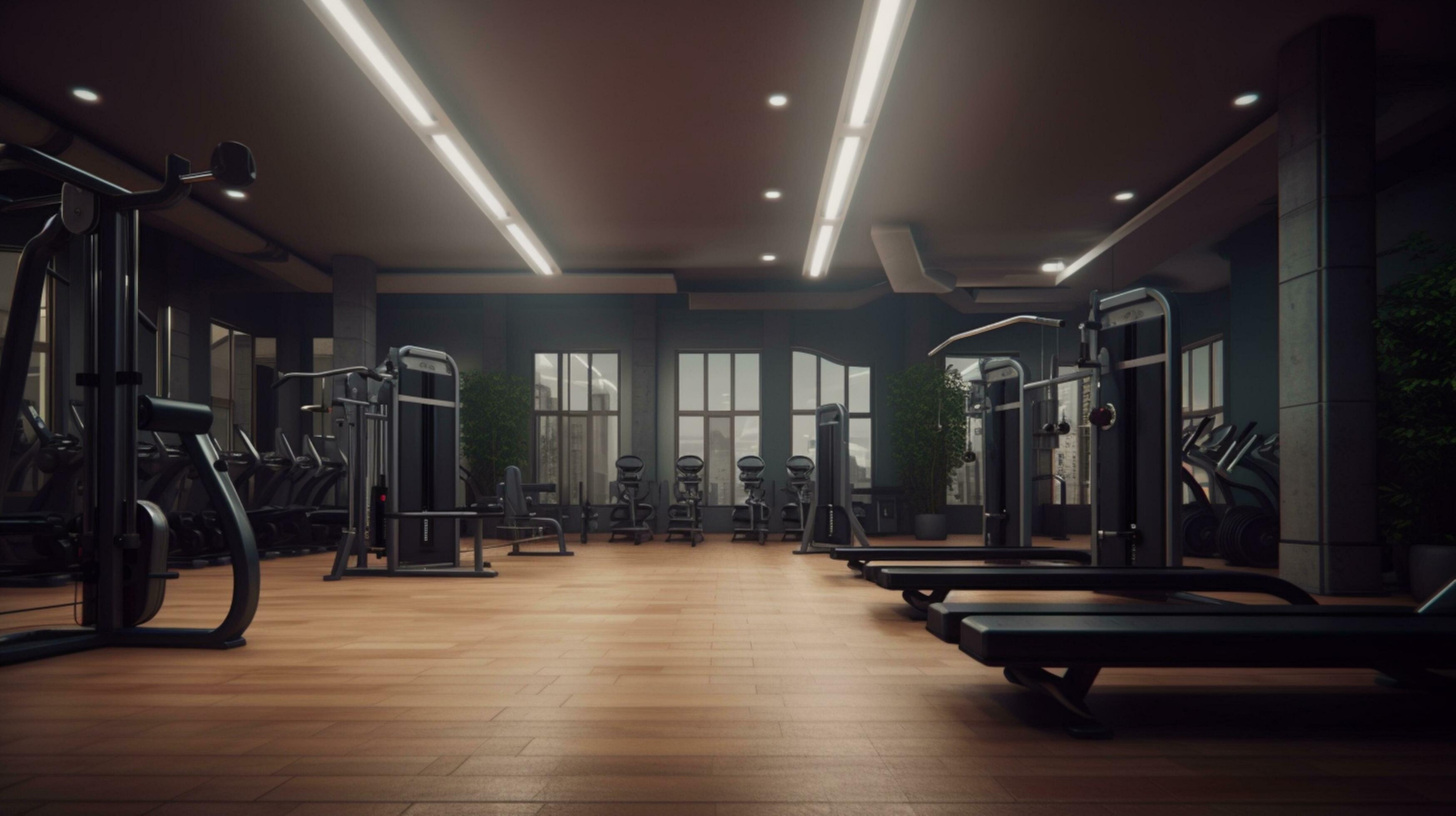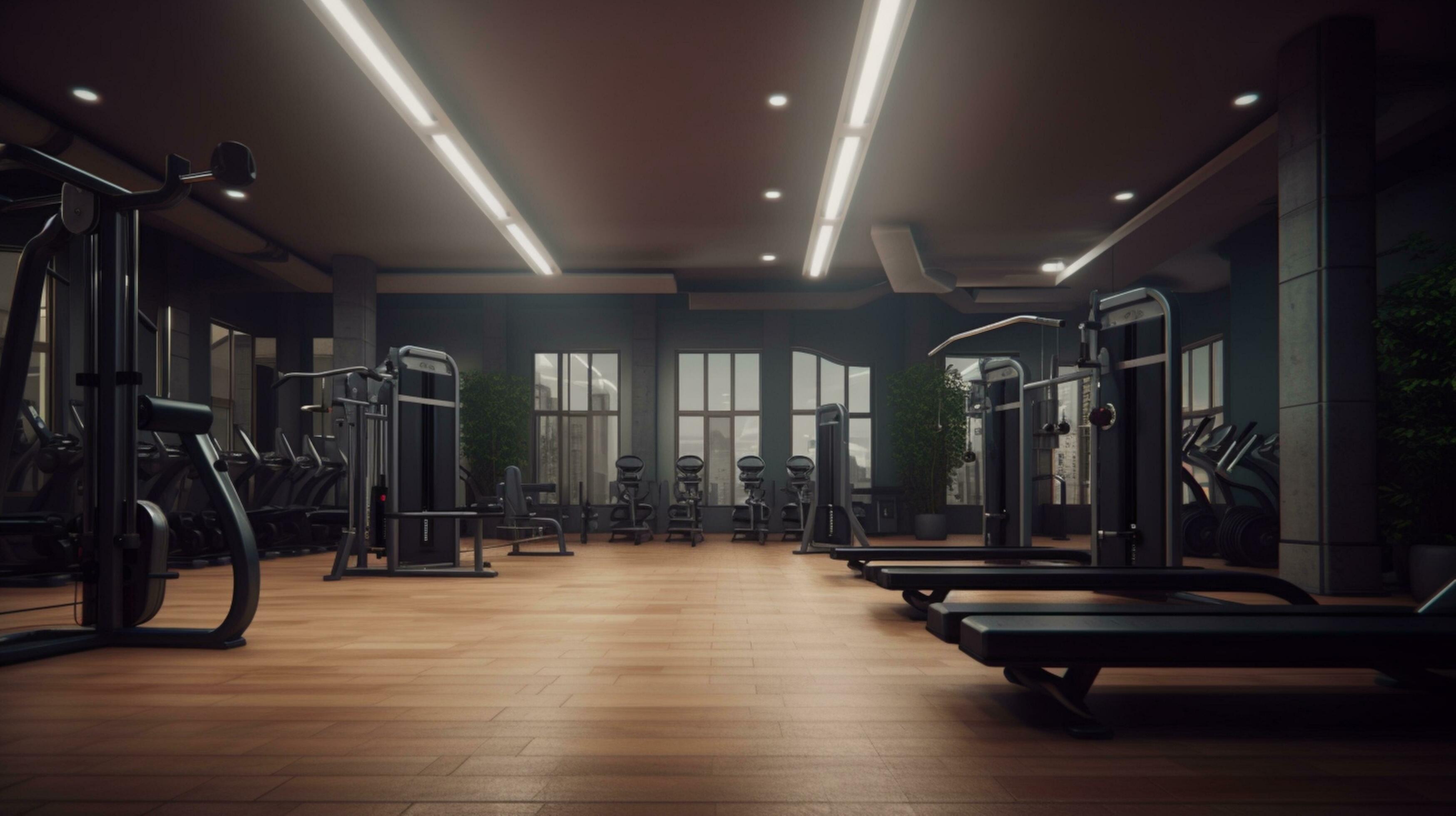-


10 Breath Belts for Weightlifting - Improve Breathing, Mobility & Back Pain Relief
Regular price $1,599.90Sale price $1,599.90 Regular price -

Iron Neck EZ Cinch Anchor - Portable Adjustable Resistance Band Anchor for Neck Training
Regular price $10.00Sale price $10.00 Regular price -
-$7.00
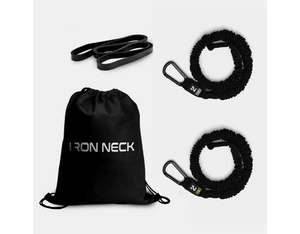
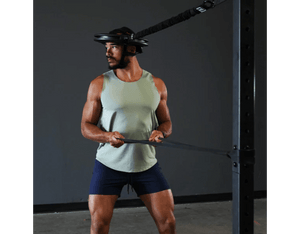
Iron Neck Strength Kit - 35 lb & 50 lb Resistance Bands for Neck Training, Mobility & Recovery
Regular price $75.00Sale price $75.00 Regular price$82.00You Saved $7.00 -
-$13.00


Iron Neck Rehab Kit - Adjustable Resistance Bands for Neck Strength, Recovery & Mobility Enhancement
Regular price $49.00Sale price $49.00 Regular price$62.00You Saved $13.00 -
-$16.00

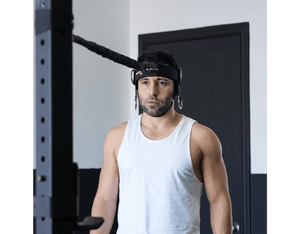
Iron Neck Harness Kit Medium - 25 lb Resistance Band for Neck Strength & Flexibility Training
Regular price $39.00Sale price $39.00 Regular price$55.00You Saved $16.00 -
-$24.00
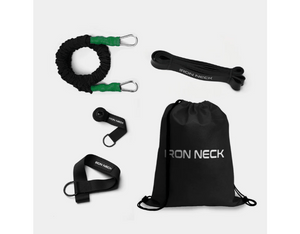

Iron Neck Harness Kit - Heavy Duty Neck Strength Trainer with 35lb Resistance Band
Regular price $49.00Sale price $49.00 Regular price$73.00You Saved $24.00 -


Breath Belt Diaphragmatic Breathing Trainer - Improve Hip Mobility & Reduce Back Pain
Regular price $159.95Sale price $159.95 Regular price
Specialty Training Equipment — Athletic Performance Tools
Enhance athletic performance with specialized training equipment designed for speed, agility, functional fitness, and sport-specific conditioning. From timing systems and sleds to Swedish ladders and battle ropes, equip your training space with tools that develop explosive power, coordination, and competitive edge.

Frequently Asked Questions
What is specialty training equipment used for?
Do I need timing systems for speed training?
How do weight sleds improve athletic performance?
What are Swedish ladders good for?
Are battle ropes effective for conditioning?
What plyo box height should I use?
Can specialty equipment replace traditional gym equipment?
How much space do I need for specialty training?
What surfaces work for sled training?
Who benefits most from timing systems?
How do I program specialty training equipment?
What specialty equipment provides best value for home gyms?
Featured Specialty Training Equipment




Specialty Training Equipment Buying Guide
Identify Training Goals
- Speed Development: Timing systems and sleds for sprint mechanics, acceleration, and measurable performance improvements.
- Conditioning: Battle ropes and sleds for high-intensity metabolic work building cardiovascular capacity without joint impact.
- Mobility & Recovery: Swedish ladders for stretching routines, shoulder mobility, and rehabilitation supporting heavy training loads.
Assess Space & Surface
- Indoor Training: Swedish ladders mount on walls, plyo boxes fit standard gym floors, battle ropes need anchor points and 30-50 feet.
- Outdoor Space: Sleds require 20-40 feet of turf or pavement. Timing systems work anywhere measuring sprints, shuttles, and agility drills.
- Surface Quality: Artificial turf ideal for sleds. Rubber flooring for indoor specialty work. Hard surfaces increase sled resistance significantly.
Budget & Priority
- Essential Tools: Start with weight sled ($200-400) and battle rope ($50-150) providing maximum training variety for minimal investment.
- Performance Tracking: Timing systems ($400-2,000) justify cost for competitive athletes needing objective data. Recreational users skip measurement tools.
- Long-term Value: Quality specialty equipment lasts decades with minimal maintenance. Buy commercial-grade avoiding replacements within years.
Key Benefits of Specialty Training Equipment
Athletic Performance
Specialty equipment develops speed, power, and sport-specific skills traditional strength training can't address. Timing systems measure sprint improvement. Sleds build acceleration mechanics. Battle ropes create explosive endurance. These tools transform gym strength into athletic performance enhancing competitive advantage in speed-dependent sports.
Training Variety
Specialty tools prevent training monotony adding fresh stimulus when barbell programs stagnate. Different equipment challenges nervous system through novel movement patterns maintaining motivation. Athletes rotate through sleds, ropes, boxes, and timing drills creating engaging sessions supporting long-term adherence and continued progress beyond linear strength gains.
Injury Prevention
Swedish ladders improve mobility addressing movement restrictions before they cause injuries. Battle ropes provide conditioning without impact stress on joints. Sleds build strength through concentric-only loading avoiding delayed soreness. Specialty equipment enables intense training maintaining joint health better than traditional high-impact conditioning methods.
Measurable Results
Timing systems provide objective performance data tracking improvement over training cycles. Sprint times, shuttle runs, and reaction speeds offer concrete metrics beyond subjective feel. Athletes see precise progress motivating continued training. Coaches use data adjusting programs based on measured outcomes rather than guesswork creating scientific athletic development.
Compare Specialty Training Equipment
| Equipment Type | Best For | Key Features | Price Range | Shop |
|---|---|---|---|---|
| Dashr Timing Systems | Speed testing, athlete measurement, progress tracking | Wireless gates, cloud data, real-time feedback | $400-2,000 | View Details |
| Weight Sleds | Speed development, conditioning, power training | Push/pull design, weight posts, durable steel | $200-500 | View Details |
| Swedish Ladders | Mobility work, stretching, rehabilitation, pull-ups | Wall-mounted, beech wood, adjustable bars | $300-800 | View Details |
| Battle Ropes | Conditioning, grip strength, explosive endurance | 30-50ft lengths, poly-dacron, anchor included | $50-200 | View Details |
| Plyo Boxes | Explosive power, vertical jump, depth training | Soft-sided or wood, multiple heights, stable | $80-300 | View Details |
| Agility Ladders | Footwork drills, coordination, quick feet training | Portable, adjustable rungs, carry bag included | $20-80 | Browse Collection |
Delivery & Setup
Most specialty training equipment ships standard ground delivery within 5-10 business days. Swedish ladders and larger sleds may require freight shipping. Timing systems ship quickly—typically 3-5 days to begin testing immediately.
Battle ropes arrive ready to use—attach anchor and train. Sleds require minimal bolt assembly. Swedish ladders need wall mounting with provided hardware—professional installation recommended. Timing systems pair wirelessly in minutes using mobile apps.
Test timing systems immediately confirming accurate measurements. Check sled welds and skids for shipping damage. Inspect battle rope ends ensuring proper whipping prevents fraying. Verify Swedish ladder mounting hardware matches your wall type before installation.
Sleds require turf, rubber, or pavement—never hardwood floors. Battle ropes need secure anchor points supporting dynamic loading. Mark timing system start/finish lines with cones or tape. Swedish ladders mount to wall studs—locate studs before drilling.
Care, Warranty & Shipping
Specialty training equipment requires minimal maintenance for years of reliable performance when properly cared for and stored. Wipe down battle ropes after use removing sweat and moisture that degrades fibers—coil loosely preventing kinking during storage. Clean sled skids monthly removing debris that increases surface wear—inspect welds quarterly checking for cracks from heavy loading. Store timing gates indoors protecting electronics from weather—charge batteries monthly maintaining readiness for testing sessions. Swedish ladders need annual inspection verifying wall mount bolts remain tight—check wood for splinters sanding smooth if needed. Battle ropes typically include 1-2 year warranties against defect excluding normal wear from dragging on abrasive surfaces. Timing systems feature 1-3 year electronics warranties with extended coverage available. Swedish ladders carry structural warranties on wood and steel components. Sleds include lifetime frame warranties against breakage from normal training use. Most specialty equipment ships standard ground with 5-10 day delivery. Larger items may require freight shipping with extended timelines. Timing systems ship quickly enabling immediate performance testing. See product pages for specific warranty coverage, care requirements, and shipping details ensuring maximum equipment lifespan and training value.
